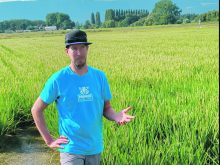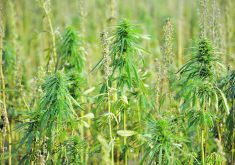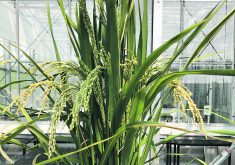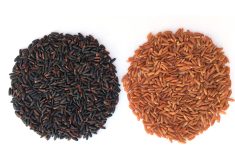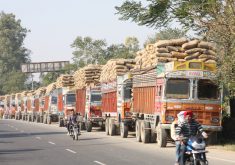An agricultural company asks University of Lethbridge to find out if it’s possible to successfully grow rice on the Prairies
University of Lethbridge researcher Michele Konschuh said she was initially skeptical about the idea of growing rice in southern Alberta but is warming to the idea that it could be possible in the future.
“One question we had was would they even survive,” said Konschuh, a research associate in U of L’s department of biological sciences.
Researchers have seen some surprising and not so surprising results after using a few different techniques, including biodegradable plastic film, along with direct seeding and transplanting.
“So far, the plastic film has been impressive in that it certainly reduces the weed pressure and we had reasonable establishment of the crop with that technique but direct seeding also worked in one of the fields. The transplants looked a little bit like they were shocked to come out of a comfortable greenhouse and out to the field,” said Konschuh. “We still have live plants in the field but they’re not thriving.”
Read Also
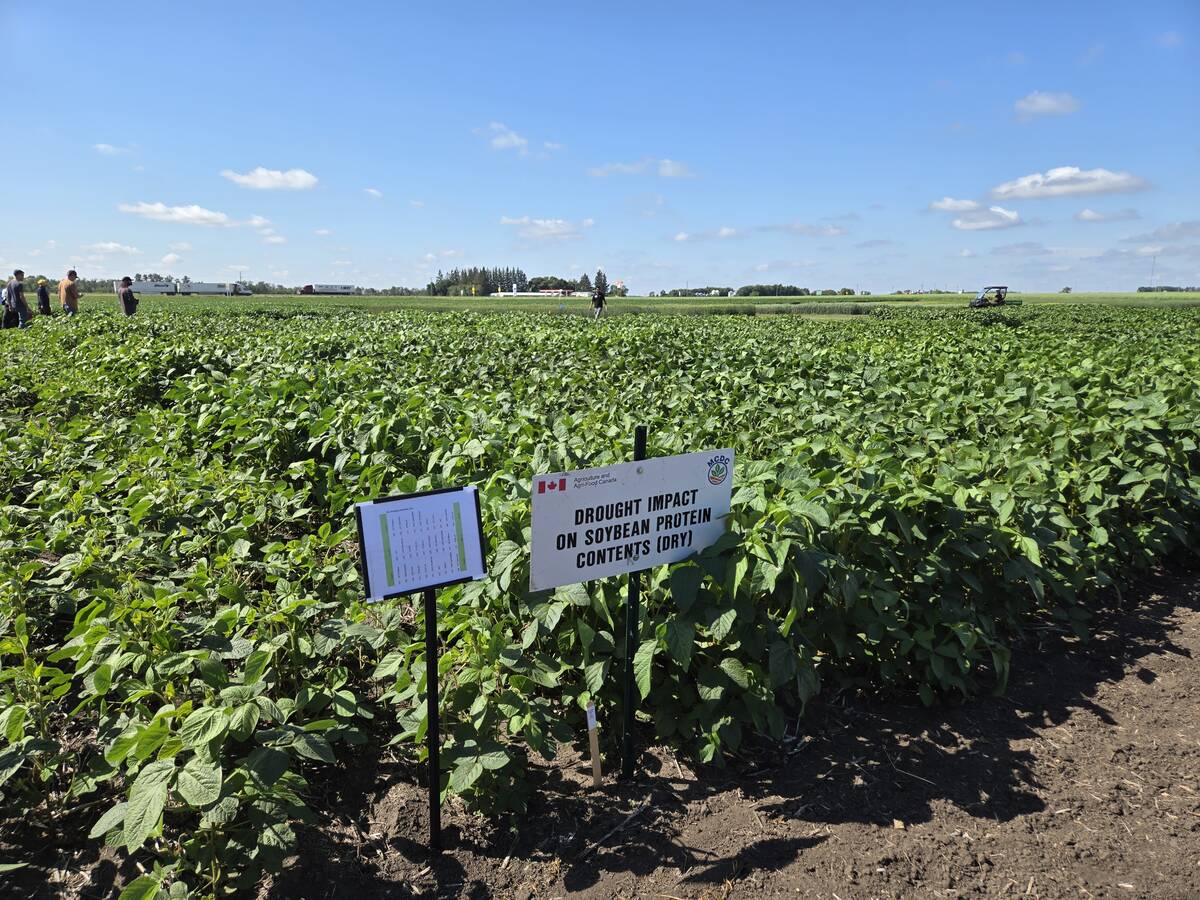
Carberry field day looks for agriculture solutions
Manitoba farmers explored research solutions for resilient crops, perpetual agronomic issues and new kinds of agricultural products at a field day at the Manitoba Crop Diversification Centre in Carberry on Aug. 6.
The initial idea came from Galaxy Ag Ventures, which approached the university to partner with them to see if growing rice for processing was possible.
“They felt if they could develop a rice crop in Alberta, then they would go to the next step and fractionate it into high-value components that could be used as ingredients for Alberta-made food products,” she said.
Rice production is a fairly new concept in Canada with Ontario having some success in growing it as a food crop and British Columbia using the grain for saké.
Konschuh said there could be potential for development with further research, specifically using the plastic film.
“That might be a game changer in that the plastic would help the soil hold moisture, it would help warm up the soil with a kind of greenhouse effect and then it would also suppress weeds,” she said.
The film would also act as a replacement to water as the main deterrent to weed and pest development on the crop and is advertised as biodegradable within 180 days.
“This technique could work with many other crops where we struggle to get establishment in the spring,” said Konschuh. “I think one of the valuable aspects of the project beyond working with rice is that (Galaxy Ag Ventures) brought technology to Alberta that could be used for other crops.”
For rice, the film would reduce the amount of water required and also minimize methane production given off in traditional growing methods.
“In terms of the actual crop transpiration, rice uses about the same amount of water as say a sugar beet, potato or corn crop,” said Konschuh. “So, it’s not out of the realm of possibility here with irrigation but we do have some special challenges.”
Those challenges include finding the right variety for the southern Alberta climate, which Konschuh said is similar to parts of China and the Himalayas.
The growing season in Alberta with its long days is also an issue because the crop prefers long nights, which will require a variety that is photoperiod insensitive.
The newness of growing rice in Canada also means there are no approved methods of dealing with insects, weeds or diseases, she added, which would be necessary for commercial production.
Konschuh said these challenges mean it will be years before rice is a commercially viable crop but there would be benefits if it became viable, possibly in crop rotations.
“At this point, if anything, we’d probably go small-scale and then it would be contract production initially,” she said.




